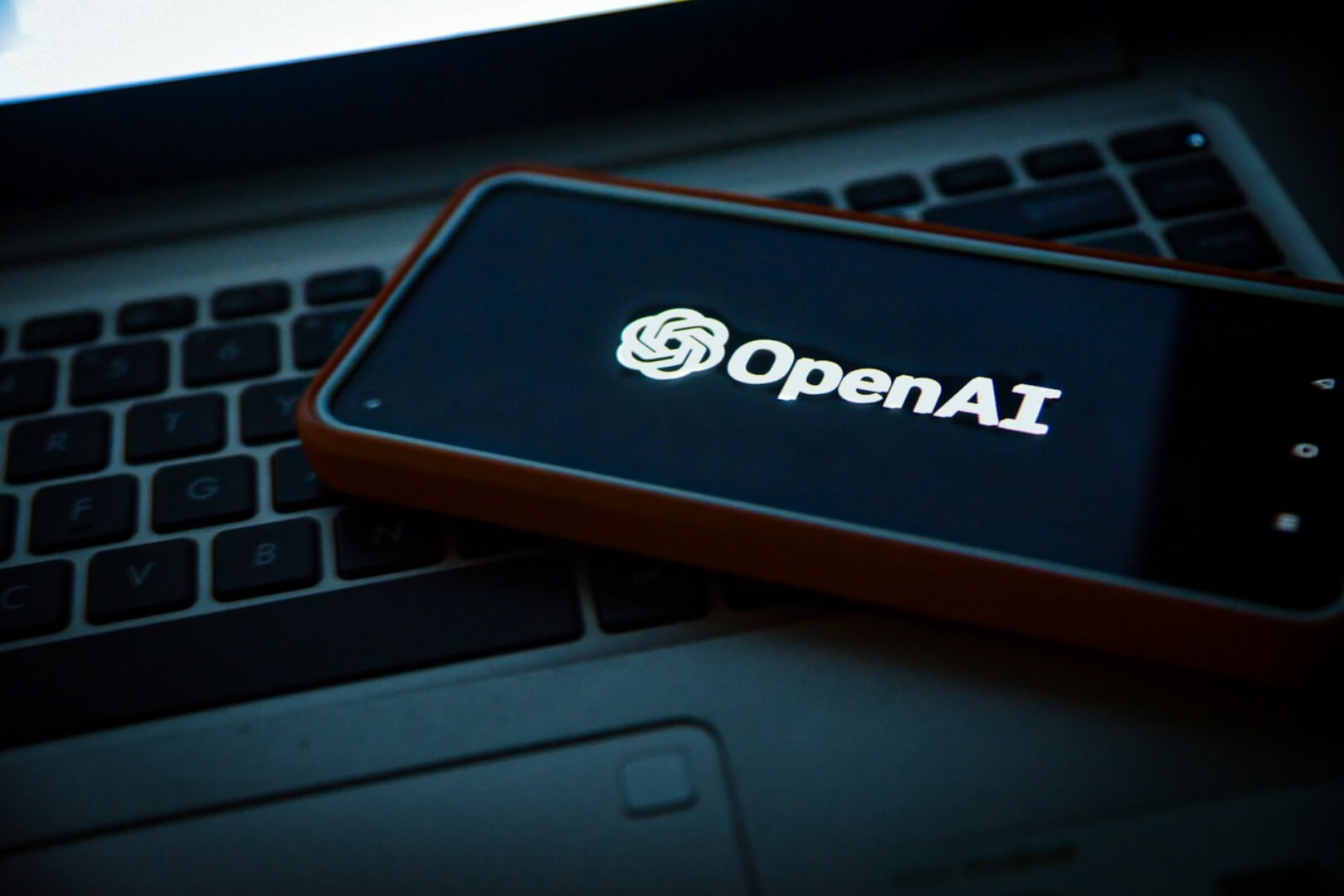Almost everyone possesses a smartphone these days, it goes without saying. And everyone who has a smartphone almost certainly relies on it all day long for the ease and functionality of their everyday life.
Although we have only been using them for 15 years or so – meaning a high percentage of the population does know what life is like without one – it seems hard to imagine now how our existence would be functional without constant access to the technology in our pockets.
This is all common knowledge.
What is so often forgotten, however, is the environmental impact of smartphones, and more importantly, how we can use smartphones in a way that costs the environment less.
Research from the French Environment and Energy Management Agency (ADEME) shows that buying a refurbished smartphone, instead of a brand new one, saves 261.3kg in raw materials, and 77.59kg of C02 over the course of two years, which is the average time someone will own a refurbished phone for.

In 2021 alone, manufacturers sold 1.43 billion new phones. These mobile phones collectively released 121.5 megatonnes of CO2-e.
Furthermore, nowadays, just because people buy a new phone, it certainly doesn’t mean that their old phone is broken or out of life. The new phone simply replaces the old one, causing even more landfill waste.
There are currently no sustainable alternatives for the production of smartphones, but a personal choice that can be made is choosing to buy refurbished technology.
A refurbished phone should not be seen as a second-hand piece of technology; the quality is often high, with brand new components being used as replacements for the older parts which are no longer of high quality.
It simply saves having to re-create the whole infrastructure of a gadget, which has detrimental environmental costs attached to it.
Refurbished technology is a perfect example of the circular economy and reusing components, ultimately preventing the mining of new ones.
A smartphone’s environmental impact
A common assumption to make is that the daily input of electricity from charging the phones has the highest power demand, but this is not the case. In actual fact, 80% of a smartphone’s total carbon emissions throughout its lifetime come from the production process.
The reason for this is due to the mining that takes place to source the components, and then the amount of shipping around the world that the various components need in order to all arrive in one place.
The environmentalist website, “Compare And Recycle,” has provided a step-by-step list of the stages of the journey that takes place in order to produce a smartphone.
- Raw materials extraction takes place in South East Asia, Central Africa or South America and mining is a heavily polluting process.
- Main components are manufactured in Europe and Asia, which is a resource-intensive process with high levels of waste to landfill.
- The final assembly happens in Southeast Asia.
- Distribution to markets worldwide often happens by air.
Related Articles: Choose Sustainability, Not the Trash, for Your Old Cell Phone | Fireworks at Consumer Electronics Show (CES) 2023 as Tech Giants and Startups Compete
A refurbished smartphone also requires 87% fewer raw materials than a brand-new one.
“If all 1.4 billion phones sold in 2021 were sourced from previous generation models and refurbished instead of being manufactured from scratch, 340 megatonnes of precious metals could have been saved,” says Compare and Recycle.
Research has also shown that the waste produced by the creation of just one smartphone is 200 times the weight of the actual phone itself. This kind of waste is not recycled, destroying ecosystems and contributing to mass landfill.
ADEME’s study also shows that a refurbished phone produces 89.02% less e-waste (discarded electronic appliances such as mobile phones, computers, and televisions) than creating a brand-new one.
Imagine that multiplied by every single person who owns a smartphone, how much less waste would there be?
Where to buy reliable, refurbished technology
Not only does refurbished technology have beneficial effects on the environment, but it’s also a lot cheaper.
Companies such as CEX sell a variety of different quality technological items, all with varying prices. With the reseller’s grade A, B and C systems you can see how “new” the item you’re buying is, which of course relates back to the product’s price and quality.
Furthermore, CEX provides a 24-month warranty on all of their products, similar to if you were to buy the product brand new from companies such as Apple.
You can even trade in your old unwanted technology with them, either receiving payment or a discount on an alternative item in return.
BackMarket is also a fantastic company that offers a one-year warranty on all of the refurbished products that they sell.
There is little that can be done to make the mass manufacturing of new technology such as smartphones and laptops environmentally viable at present.
However, a clear personal choice that can be made is in buying refurbished products instead of brand new ones, saving unnecessary carbon emissions and landfill, at no sacrifice to the quality of the product.
Editor’s Note: The opinions expressed here by the authors are their own, not those of Impakter.com — In the Featured Photo: Stack of electronic devices. Featured Photo Credit: Gabriel Freytez/Pexels














